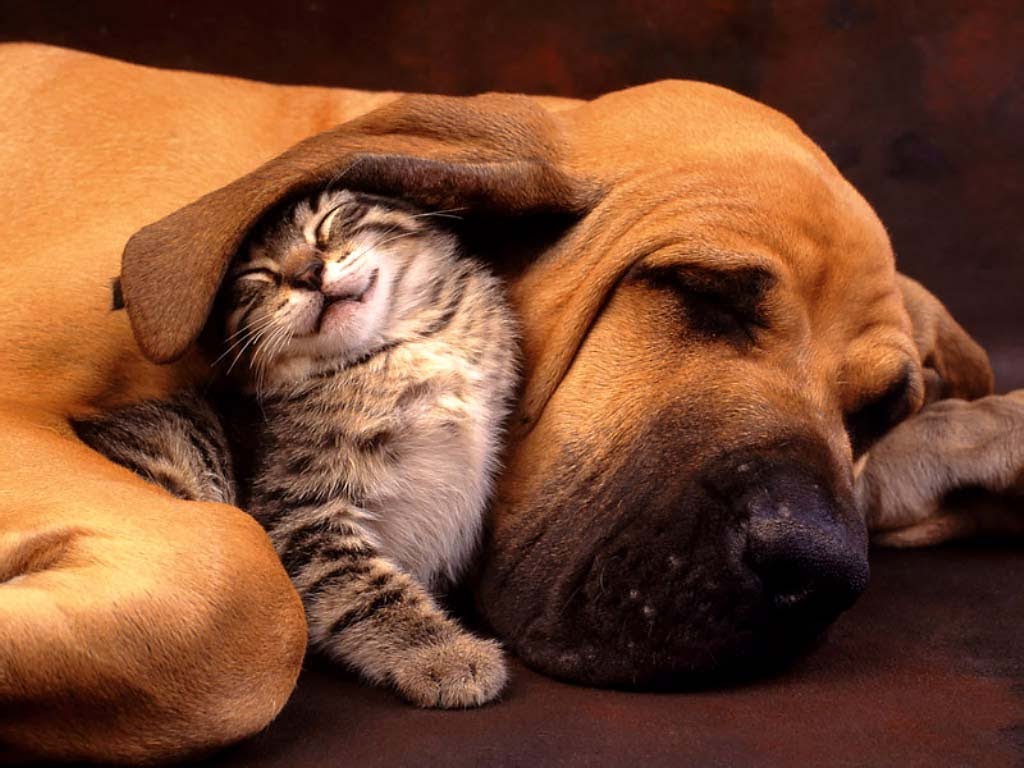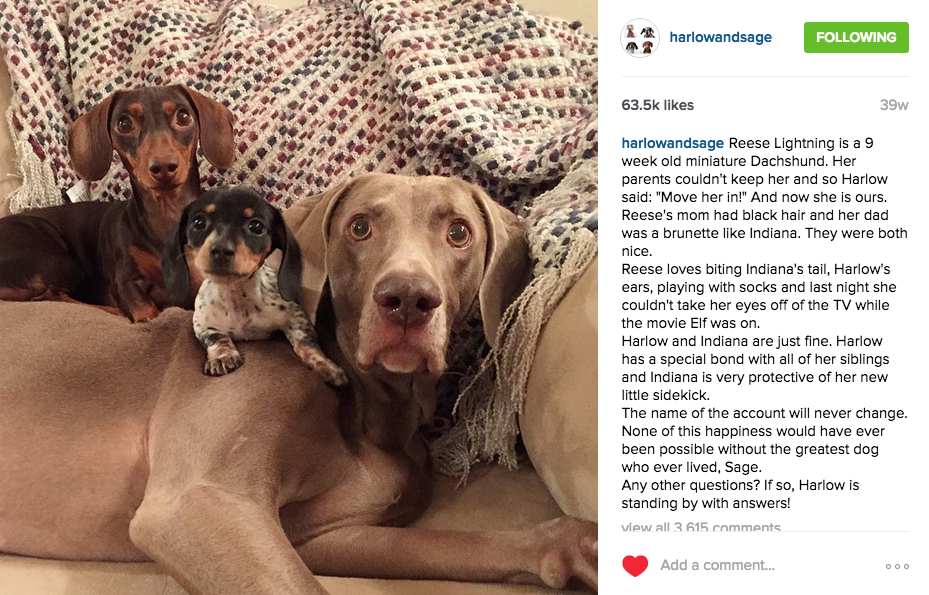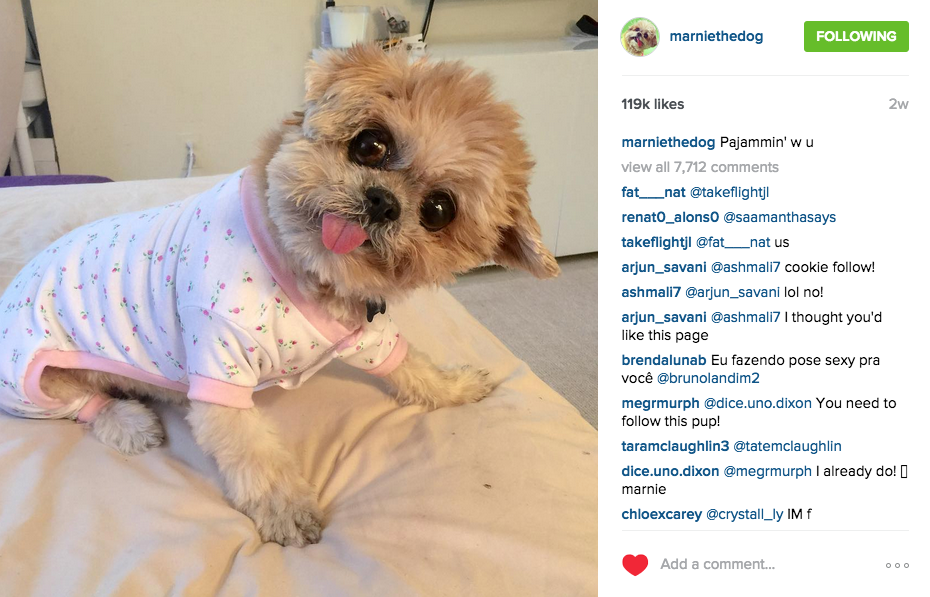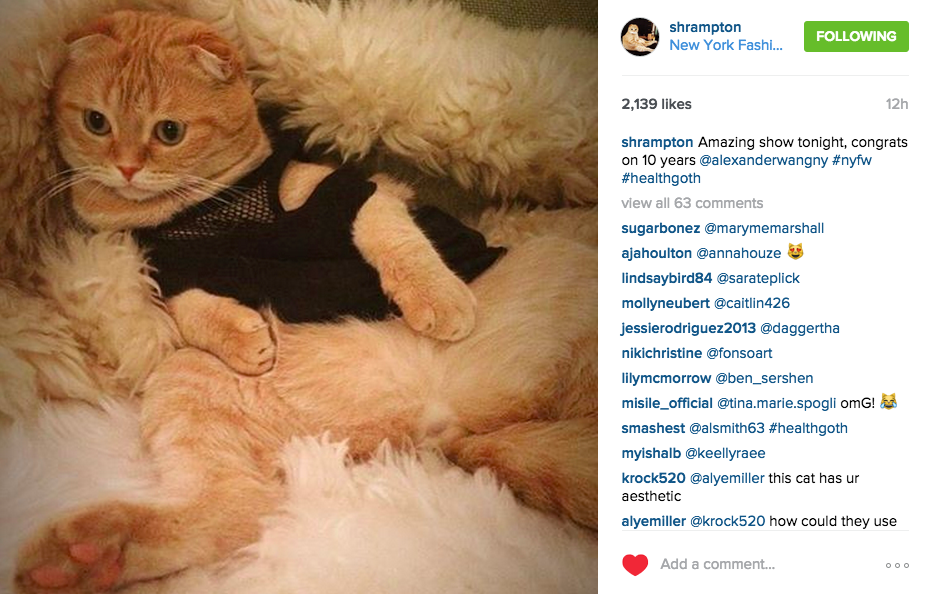I have two cats. The older one, Lil, is a straight up broad. She is assertive, entitled, fiercely loyal, and, I suspect, on the lower end of the Autism spectrum. The younger one, Lucy, is a total dork. She sticks her tongue out when she concentrates and exhales sharply out of her nose when she’s frustrated. She is heartbreakingly earnest and, I suspect, still suffering from a pretty severe case of PTSD since our 16-hour drive from Austin to Tucson last year.
If you are a pet owner, the narrative details above about my two cats probably don’t come off as outlandish, weird, or even remotely original (except maybe the excessive DSM diagnoses). I’d bet my stash of catnip that you’ve created a narrative about your pet, too. Because in today’s social media landscape, it is acceptable, normal, and even commonplace to anthropomorphize your pet. And you’ve probably done it, or at least seen it, on Instagram.
The root idea is nothing new: that you care enough about the living creature that shares oxygen with you to equip it with just a basic dossier of background info. It’s the exposure and expansion of this dossier that is new. Because of social media—especially Instagram—these little quirks we’ve invented for our animals no longer exist only within the comforts of our home but instead on the Internet, forever immortalized and accessible. And rather than just superficial biographical information we may share with a handful of loved ones we trust not to judge us for our insane devotion, we create and follow petstagrams: entire Instagram accounts dedicated to our pets.
Indiana Thunderbolt, Reese Lightning, and Harlow (left to right above) are the stars of the Instagram account @harlowandsage, also known as the Best Thing on Instagram. Though the account is full of impossibly adorable photos of these three dogs living their best life somewhere in Utah, it’s really the time and detail their humans put into the account that make it. Harlow is essentially a canine Golden Girl who owns a typewriter and loves Meryl Streep. Reese Lightning goes to a doctor named Dr. Meredith Grey. Indiana Thunderbolt is awkward. There is a story these humans are telling about their three dogs—it has tropes, characters, stakes, and a soundtrack. And though they’ve only ever posted a photo of themselves once, we feel like we know the humans just a little bit because of the way they narrate their dogs’ lives. Their dogs are the looking glass we see them through.
Then there’s Marnie. Marnie is… well, Marnie is Marnie. She is peak goober. Her human is a millennial living in NYC, and it shows in the hysterical, teeny-bopper, texty-slang captions. Marnie gets backstage passes to concerts, recognized on the street, photos with celebrities, and podcasts about her. Marnie is the mascot of the entire millennial generation, in a way: she is the underdog that has had to build a brand for herself in order to stand out from the crowd. She tries too hard, shops at Trader Joe’s, and has an #ootd. We are all Marnie.
Shrampton is a gangster. He sits like a human and wears bowties and luxuriates in piles of hundred dollar bills. Shrampton has 48,200 followers, as compared to the 8,010 followers of his human (@myshimoda). This disparity is what I find most interesting about the stories we tell about our pets: aren’t those 48,200 people that follow Shrampton actually following some alter-ego of his human? Where does our own narrative end and our pets’ begin?
So we spin pet tales. We conjure origin stories for where our animals came from before they were ours. We designate pet peeves, affectations, hobbies, and, in my case, diagnoses for them. We narrate their every move in special voices and vernacular we reserve just for them. We construct these complex narratives for our beloved pets and then we tell them: to our pets, to ourselves, to other people. But I think what we’re really telling is a story about ourselves. It seems that our animals—our cats and our dogs, our bougie hedgehogs, our rescued big cats, our tanks full of fish, our teacup pigs—have become more than just that. In a kind of apotheosis, they have become us: little shards of our personalities reflected back at us, the good and the bad, for us to obsess over and preen and fiddle with. Because if I’m being honest, when you go back and read that first paragraph about my cats, you’re really just reading a paragraph about me.




Thinking back over my many years — I can say with confidence that my pets always reflected back to me in ways that were true /honest. Amazing essay.